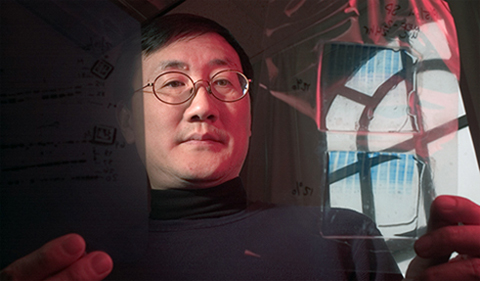Dr. Shiyong Wu, Professor of Chemistry & Biochemistry, co-authored numerous research articles in 2018, including “To be or not to be Photopigmented, that is the Question. An Introduction to the Special Issue (of Photochemistry and Photobiology) dedicated to Photopigmentation and Melanoma.”
His more recent article was “The Effect of Endothelial Cells on UVB-induced DNA Damage and Transformation of Keratinocytes In 3D Polycaprolactone Scaffold Co-culture System” in the journal Photochemistry and Photobiology.
Abstract: Nitric oxide ( NO⋅ ) plays an important role in the regulation of redox balance in keratinocytes post-UVB exposure. Since endothelial cells releases NO⋅ for a prolonged time post-UVB, we determined whether human umbilical vein endothelial cells (HUVEC) could have an effect on UVB-induced DNA damage and transformation of their adjacent keratinocytes (HaCaT) using a 3D cell co-culturing system. Our data show that the levels of DNA breaks and/or cyclobutane pyrimidine dimer (CPD) along with γH2AX are higher in the co-cultured than in the mono-cultured keratinocytes post-UVB. The NO⋅ level in the co-cultured cells is increased approximately 3-fold more than in mono-cultured HaCaT cells within 1-hour post-UVB but then is reduced quickly in co-cultured HaCaT cells comparing to mono-cultured cells from 6 to 24 h post-UVB. However, the peroxynitrite (ONOO– ) level is higher in the co-cultured than in the mono-cultured HaCaT cells in whole period post-UVB. Furthermore, while expression level of inducible nitric oxide synthase (iNOS) is increased, the ratio of coupled/uncoupled eNOS is reduced in co-cultured HaCaT cells compared to mono-cultured HaCaT cells. Finally, the co-cultured cells have a significantly increased transformation efficiency after repeating UVB exposure compared to mono-culture HaCaT cells. Our results suggest that endothelial cells could enhance NO⋅ /ONOO– imbalance and promote transformation of adjacent keratinocytes.



















Comments